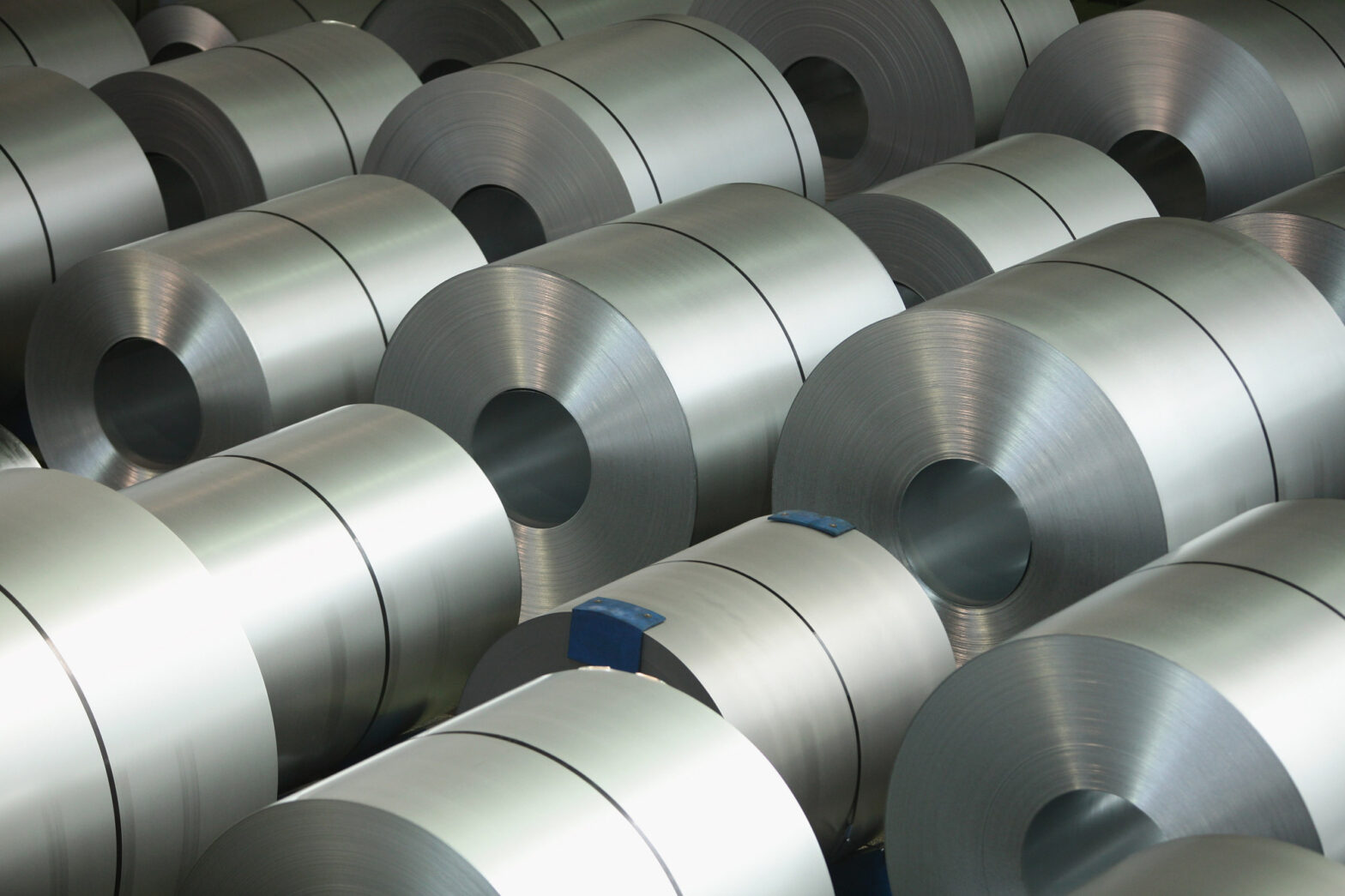Flat-rolled steel is a popular metal form used in construction, manufacturing, and other industries. It is produced by rolling metal sheets into long strips, which can then be cut into specific sizes and shapes. Flat-rolled steel is highly versatile and is used in a variety of applications, such as automotive components, building frames, and appliance parts. Despite its versatility, there are several defects that can occur in flat-rolled steel that can affect its performance and quality.
Understanding the various defects of flat-rolled steel is important for ensuring that it meets applicable standards for the intended application. In this blog, we will discuss the common defects of flat-rolled steel, their causes, and the measures that can be taken to prevent them.
What Are the Common Defects of Flat-Rolled Steel?
The most common defects of flat-rolled steel are surface defects, internal defects, and dimensional defects.
Surface defects are visible on the surface of the steel and are usually caused by improper rolling or slitting technique. Common surface defects include scratches, dents, pits, and roll marks. Improperly adjusted levelers or rollers, or a lack of lubrication, can also lead to surface defects.
Internal defects, on the other hand, are invisible to the naked eye and can only be identified through testing. Internal defects include seams, laps, and splits, which are caused by improper roll or slitting technique, or by the presence of contaminants in the steel.
Finally, dimensional defects are caused by improper rolling or slitting technique and result in incorrect dimensions for the steel. These defects include thickness variations, width variations, edge waviness, and coil set.
What Causes Defects in Flat-Rolled Steel?
The most common causes of defects in flat-rolled steel are improper rolling or slitting technique, improper equipment adjustment, and the presence of contaminants in the steel.
Improper rolling or slitting technique can result in surface defects, such as scratches, dents, pits, and roll marks. It can also lead to internal and dimensional defects, such as seams, laps, splits, thickness variations, width variations, edge waviness, and coil set.
Improper equipment adjustment can also lead to defects in flat-rolled steel. If the rollers or levelers are not properly adjusted, this can result in surface defects, such as scratches, dents, pits, and roll marks.v
Finally, contaminants in the steel can also lead to defects. Contaminants, such as dirt, dust, and oil, can affect the quality of the steel by causing surface and internal defects.
How Can Defects in Flat-Rolled Steel Be Prevented?
Defects in flat-rolled steel can be prevented by using the proper rolling or slitting technique, properly adjusting the equipment, and ensuring that the steel is free of contaminants.
Using the proper rolling or slitting technique is essential for preventing surface, internal, and dimensional defects. Properly adjusting the rollers or levelers is also essential for preventing surface defects.
Finally, it is important to make sure that the steel is free of contaminants before rolling or slitting. Contaminants in the steel can lead to surface and internal defects.
Conclusion
Flat-rolled steel is a highly versatile metal form used in a variety of applications. However, there are several defects that can occur in flat-rolled steel, such as surface defects, internal defects, and dimensional defects. The most common causes of defects in flat-rolled steel are improper rolling or slitting technique, improper equipment adjustment, and the presence of contaminants in the steel. To prevent defects in flat-rolled steel, it is important to use the proper rolling or slitting technique, properly adjust the equipment, and ensure that the steel is free of contaminants.

